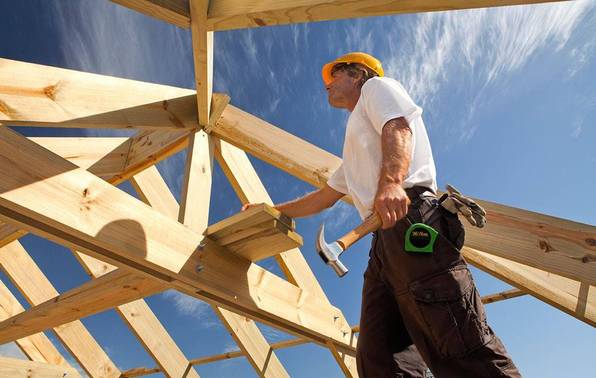
Planning your house design
Before you choose someone to design your house, it’s best to have some ideas about what you want.
Gathering ideas
Before you choose someone to design the house, you need to gather ideas of what you want.

Start collecting together ideas and collate them somewhere that you can easily access to show designers or architects (saving them on your phone or a dedicated file on your computer is quick and easy). Visit shops and websites (such as Pinterest) and get brochures and information sheets on products. You’ll need to think about the different types of roofing materials, types of exterior claddings and interior linings, joinery, paint, wallpaper, ceilings, appliances, carpets, taps, etc.
Keep a note of prices as you go – this will help with budgeting later on.
To help inspire house design ideas:
- visit show homes, home expos and open homes
- drive through new subdivisions and older areas for ideas
- ask others who have recently built for tips and recommendations.
A skilful designer will be able to work out from talking to you and discussing your ideas what you’re after. You might even be able to visit their previous builds to gain some ideas.
Three approaches to house design and building
The three most common ways of getting a house designed and built are:
1. Using a group housing company. These companies usually provide packages which can include some or all of the following:
- the section
- standard house designs (which can usually be adapted to your requirements – this may add additional cost).
- finance
- project management and construction.
2. Going directly to a builder who can arrange the drawings according to your instructions. Some building companies offer a design-and-build service that gives a fixed price for designing and building the house. See below for more information about this option.
3. Custom-designing your home using a registered architect, an architectural designer or an architectural draughtsperson. You'll then need to decide who is going to build and manage the building process. Architects, and sometimes other designers, offer this service.
Group housing companies
Group housing companies offer a range of standard designs. Some companies let you change almost anything on the design. Others may not be so keen to alter their standard plans.
Some firms take care of the entire building process from building consent and local planning compliance to landscaping.
A big advantage of this type of housing is that the price should be exact because you are buying a package (apart from any variations that you ask for after the fixed price has been agreed).
To find a group housing company go to these trade organisations:
- Building Industry Federation www.bifnz.co.nz.
- Registered Master Builders Federation www.masterbuilder.org.nz.
- NZ Certified Builders association https://www.nzcb.nz.
Or search the web for individual company websites, or the Yellow Pages.
There are also companies whose business is selling house plans.
The advantage of using a stock plan is that it is likely to be tried and true and you should be able to view it as a show home or a private home. However, the design won’t have been done specifically for your section, so choose the plan that will work best with the shape, size and contours of your section. Check out our guide to choosing and researching a section.
Using a group or kitset housing company will be cheaper than hiring an architect or other type of designer. However, you may not get the benefit of having a design that entirely meets your specific needs.
Design and build builders
Some builders offer a design service, either drawing the plans themselves or using an architect or designer that they work with to draw the plans.
Builders aren’t usually trained in house design but this option might work for you if you are very clear about the design and specifications. Ask to see examples of their work.
Certain design work must be done or supervised by a licensed building practitioner. There are two levels of design practice depending on the complexity of the project. To find out more go to the Ministry of Business, Innovation and Employment's Building Performance website.
Importance of good design
The advantages of good house design include:
- making best use of space within the home
- making best use of the section
- making sure the right materials are selected (for function and style)
- saving money by providing a home that is energy efficient and maintenance-friendly
- having a home that is harmonious to live in, comfortable, convenient, and aesthetically pleasing
- having a home that will provide a secure investment and be free from weathertight problems or other serious defects
- having a home that will be easier to sell
What to consider in the design
When you brief a designer, tell them:
- how many rooms you want (consider the possibility of more children, or perhaps elderly relatives coming to live with you)
- what sort of living spaces you want. Do you entertain regularly? Do you want separate space for the children to hang out? Do you need an office or hobby room? What about decks and outdoor entertainment spaces?
- what you want in the way of bathrooms and kitchen. Do you want ensuites? An industrial-sized kitchen?
- the size of the house. If it is too large to fit comfortably on your section you might have to consider whether you need to build upwards
- storage areas and room
- your garaging requirements

Building articles
Whether you're planning to build your own home or renovate an existing one, we've got you covered with a wide range of articles covering the whole process.

Renovating articles
Renovating and altering houses is a favourite pastime for many New Zealanders. Our articles take a look at what's involved when you undertake a renovation project.

Home maintenance
Regular maintenance is needed to ensure your house holds its value and remains safe and comfortable to live in.
Member comments
Get access to comment